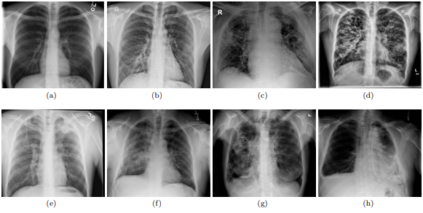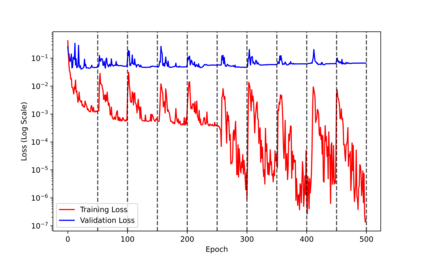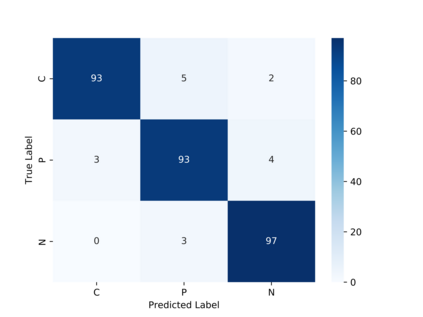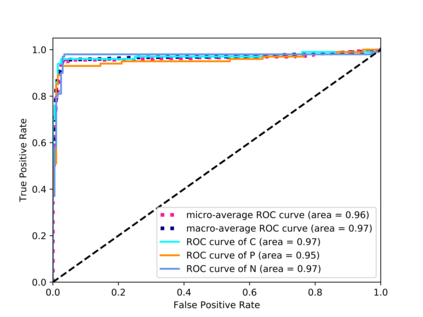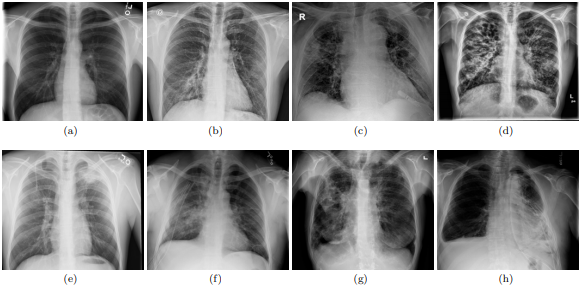The world is going through a challenging phase due to the disastrous effect caused by the COVID-19 pandemic on the healthcare system and the economy. The rate of spreading, post-COVID-19 symptoms, and the occurrence of new strands of COVID-19 have put the healthcare systems in disruption across the globe. Due to this, the task of accurately screening COVID-19 cases has become of utmost priority. Since the virus infects the respiratory system, Chest X-Ray is an imaging modality that is adopted extensively for the initial screening. We have performed a comprehensive study that uses CXR images to identify COVID-19 cases and realized the necessity of having a more generalizable model. We utilize MobileNetV2 architecture as the feature extractor and integrate it into Capsule Networks to construct a fully automated and lightweight model termed as MobileCaps. MobileCaps is trained and evaluated on the publicly available dataset with the model ensembling and Bayesian optimization strategies to efficiently classify CXR images of patients with COVID-19 from non-COVID-19 pneumonia and healthy cases. The proposed model is further evaluated on two additional RT-PCR confirmed datasets to demonstrate the generalizability. We also introduce MobileCaps-S and leverage it for performing severity assessment of CXR images of COVID-19 based on the Radiographic Assessment of Lung Edema (RALE) scoring technique. Our classification model achieved an overall recall of 91.60, 94.60, 92.20, and a precision of 98.50, 88.21, 92.62 for COVID-19, non-COVID-19 pneumonia, and healthy cases, respectively. Further, the severity assessment model attained an R$^2$ coefficient of 70.51. Owing to the fact that the proposed models have fewer trainable parameters than the state-of-the-art models reported in the literature, we believe our models will go a long way in aiding healthcare systems in the battle against the pandemic.
翻译:由于COVID-19大流行对保健系统和经济造成灾难性后果,世界正在经历一个具有挑战性的阶段。由于COVID-19大流行对保健系统和经济造成灾难性后果,传播速度、COVID-19后症状和出现COVI-19新部分使保健系统在全球各地受到干扰。因此,准确筛选COVID-19案例的任务已成为最优先事项。由于病毒感染了呼吸系统,Chest X光是一种成像模式,被广泛用于初步筛选。我们进行了一项全面研究,利用CXR60图像确定COVID-19案例,并意识到有必要有一个更普遍的模型。我们利用MOPNetVV2结构作为特征提取器并将其纳入Capulule网络,以构建一个完全自动和轻量模型,称为呼吸系统;由于病毒感染了呼吸系统,Chest X-Rays-Ray是一个可被广泛采用的成像模型。我们从非COVID-19大肺炎和健康案例的CXRVD-D19病人的CVD图像被有效分类。我们提出的模型被进一步评估,一个基于CVRT-CRCRTalalal-CVD Vrealalalalality的模型, view view 和Calviews dealview view view view laveald view view lad laveald laveal de de deald lad ladaldaldaldaldaldal de de deal demode lad ladal de de de de demode lavedaldaldatedaldald ladaldaldald lad lad lad lad ladaldald lad ladaldaldaldaldal deald ex ex ex ex lad ex ladalds lad lad ladaldaldaldaldaldaldaldaldaldaldaldaldaldaldaldaldald ex ex ex ladaldaldaldaldaldaldaldald lad lad lad lad ex

